Part 2 of 3 Parts (Please read Part 1 first)
The next major bilateral treaty to collapse was the Intermediate-Range Nuclear Forces (INF) Treaty, which banned ground-launched missiles with ranges between three hundred and ten miles and three thousand and four hundred miles. The U.S. had long accused Russia of failure to comply with the treaty, with the Obama administration finding that a cruise missile tested by Russia in 2014 violated the treaty’s range limits. The Trump administration announced that it would withdraw from the treaty in October 2018, with Russia responding that is would also do so.
These bilateral arms control treaties reduced the number of warheads from a peak of over sixty thousand when the INF treaty was signed in 1987 to less than ten thousand when New START was signed in 2011.
In addition to Russia’s alleged violations of the INF treaty, the Trump administration mentioned China’s failure to participate and the need to prepare for a possible conflict in the Southern Pacific.
China’s planned expansion of its nuclear arsenal poses an obstacle to nuclear negotiations that did not exist during the Cold War, when non-American and Soviet arsenals were small enough to safely ignore. Under President Donald Trump, the U.S. connected the prospects of a new nuclear agreement with Russia to the idea that China should join New START or another trilateral nuclear treaty. In 2023, the Congressional Commission on the Strategic Posture of the U.S. found that the United States “will no longer be able to treat the Chinese nuclear threat as a ‘lesser included case’ of the Russian nuclear threat.”
According to the Stockholm International Peace Research Institute (SIPRI), China is expanding its nuclear forces and may have deployed “a small number of its nuclear warheads” in 2023. It is expected to continue increasing its nuclear arsenal over the next decade and could match U.S. or Russian numbers of deployed intercontinental ballistic missiles by 2034, although its overall number of warheads would remain lower.
Whether the world will experience a massive increase in the number of warheads stockpiled and deployed if New START is allowed to expire without a replacement remains unclear. Daryl Kimball is the head of the Arms Control Association (ACA). He said that the U.S. and Russia have more efficient ways to increase the size of their deployed arsenals. Following the expiration of the treaty, “they will both have the capacity to double the number of deployed warheads by ‘uploading’.” This means increasing the number of nuclear warheads present on delivery systems that are already deployed.
Pranay Vaddi is the U.S. National Security Council’s senior director for arms control, disarmament, and nonproliferation. He says that while the United States must be prepared for the constraints set out in New START to “disappear without replacement,” the U.S. does not “need to increase [its] nuclear forces to match or outnumber the combined total of [its] competitors.”
Considering the U.S.’s existing second-strike capability, it would seem that more is not necessarily better. Just one submarine out of between eight and ten at sea at any time carries some 100 warheads. This is enough to “obliterate a large country and kill many tens of millions of people,” according to Kimball.
Please read Part 3 next
Blog
-
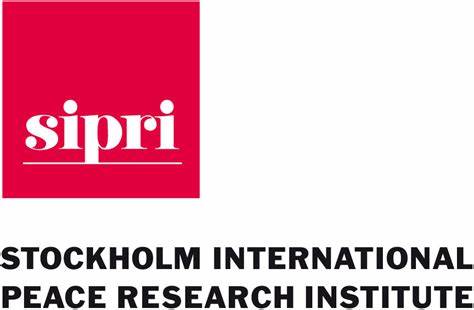
Nuclear Weapons 871 – The New Nuclear Arms Race – Part 2 of 3 Parts
-
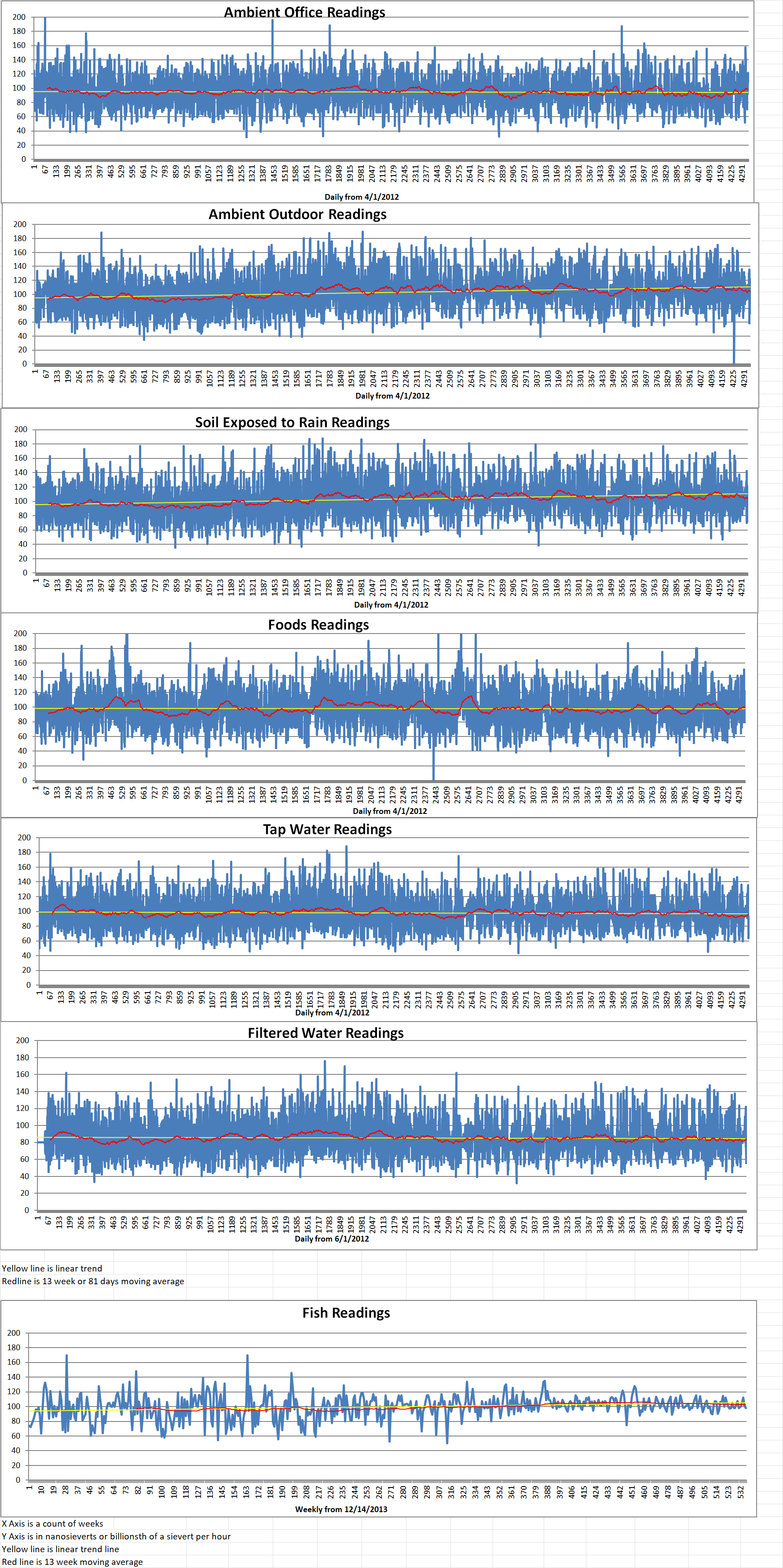
Geiger Readings for Oct 08, 2024
Ambient office = 91 nanosieverts per hour
Ambient outside = 108 nanosieverts per hour
Soil exposed to rain water = 108 nanosieverts per hour
Blueberry from Central Market = 100 nanosieverts per hour
Tap water = 106 nanosieverts per hour
Filter water = 95 nanosieverts per hour
-
Nuclear News Roundup Oct 08, 2024
Accident tolerant fuel completes full operating lifecycle world-nucleawr-news.org
Spain’s José Gago to be next WANO chairman world-nuclear-news.org
Outer dome in place at third Changjiang unit world-nuclear-news.org
Cost Of Dismantling UK Nuclear Plant Soars: Audit barrons.com
-
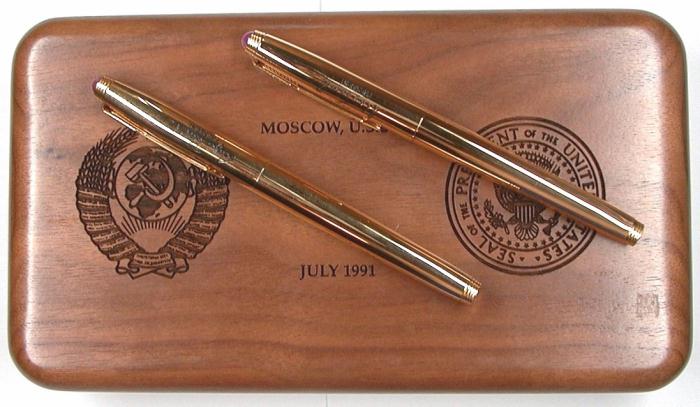
Nuclear Weapons 870 – The New Nuclear Arms Race – Part 1 of 3 Parts
Part 1 of 3 Parts
The expiration of the New START treaty in 2026 could lead to a new unrestrained nuclear arms race between the U.S. and Russia. China’s expanding nuclear arsenal and its refusal to participate in arms control agreements pose a new challenge to global security. The breakdown of arms control treaties and escalating tensions between nuclear powers increase the risk of nuclear war.
U.S. President Joe Biden said in 2022 that “For the first time since the Cuban missile crisis, we have a direct threat to the use of nuclear weapons…. We have not faced the prospect of Armageddon since Kennedy and the Cuban missile crisis.”
The stark warning from the U.S. President came after Russia’s Vladimir Putin said that his government would “use all the means at our disposal” if Russia’s territorial integrity was threatened. Russia has suffered major setbacks in its full-scale invasion of Ukraine and been forced to draft hundreds of thousands of civilians to bolster the military.
It was not the first time that Putin had threatened the possibility of using nuclear weapons in connection with the war in Ukraine. In a September 21, 2022, speech announcing a partial military mobilization, Putin said, “This is not a bluff.”
Despite Putin’s rhetoric, U.S. officials have indicated they have seen no material preparations for a nuclear strike by Russia. Some experts have pointed out that nuclear weapons “are not that useful to achieve military objectives.” While a Russian nuclear strike on Ukraine seems unlikely, the risk of a new nuclear arms race continues to increase.
Russia and the U.S. have withdrawn from several key arms control treaties over the past years. Only the New START treaty is still in force and due to expire in 2026. The treaty limits the numbers of nuclear warheads, launchers, and bombers the two signatories can deploy. Russia says its participation in the treaty is suspended, although it has promised to abide by the limits for now.
If New START expires without a replacement, the two major nuclear powers will have no restrictions on how many nuclear warheads and delivery vehicles they can deploy for the first time since the START I treaty entered force 30 years ago, in 1994.
The loss of nuclear arms control treaties began in the early 2000s, when the United States withdrew from the Anti-Ballistic Missile Treaty (ABM). Signed in 1972, this was one of the first treaties limiting deployed warheads, from the same year that aimed to avoid an arms race by maintaining parity between the Soviet Union and the U.S. The interim agreement that resulted from the first Strategic Arms Limitation Talks, or SALT I was signed around the same time.
The ABM Treaty was designed to eliminate one of the reasons that the United States or Soviet Union would require a large arsenal. If the U.S. and Russia only had a limited capability to shoot down incoming missiles, there would be less need to launch overwhelming numbers of warheads. When the U.S. withdrew, Russia immediately declared it would no longer abide by the limits agreed to in the START II treaty. Both powers had decided to adhere to the START II treaty even though the treaty had not formally entered into force.
Please read Part 2 next -
Nuclear News Roundup Oct 07, 2024
Power outage in Russian-held city home to Ukraine nuclear plant energycentral.com
Bicycle Therapeutics Announces First Human Imaging Data from European Association of Nuclear Medicine 2024 Congress businesswire.com
Oklo Inc. (OKLO) Surges Amid Growing Speculation of Major Tech Deal as AI-Driven Power Demand Boosts Nuclear Energy finance.yahoo.com
Mississippi Public Service Commission hosts summit on future of nuclear power in the state wlbt.com
-
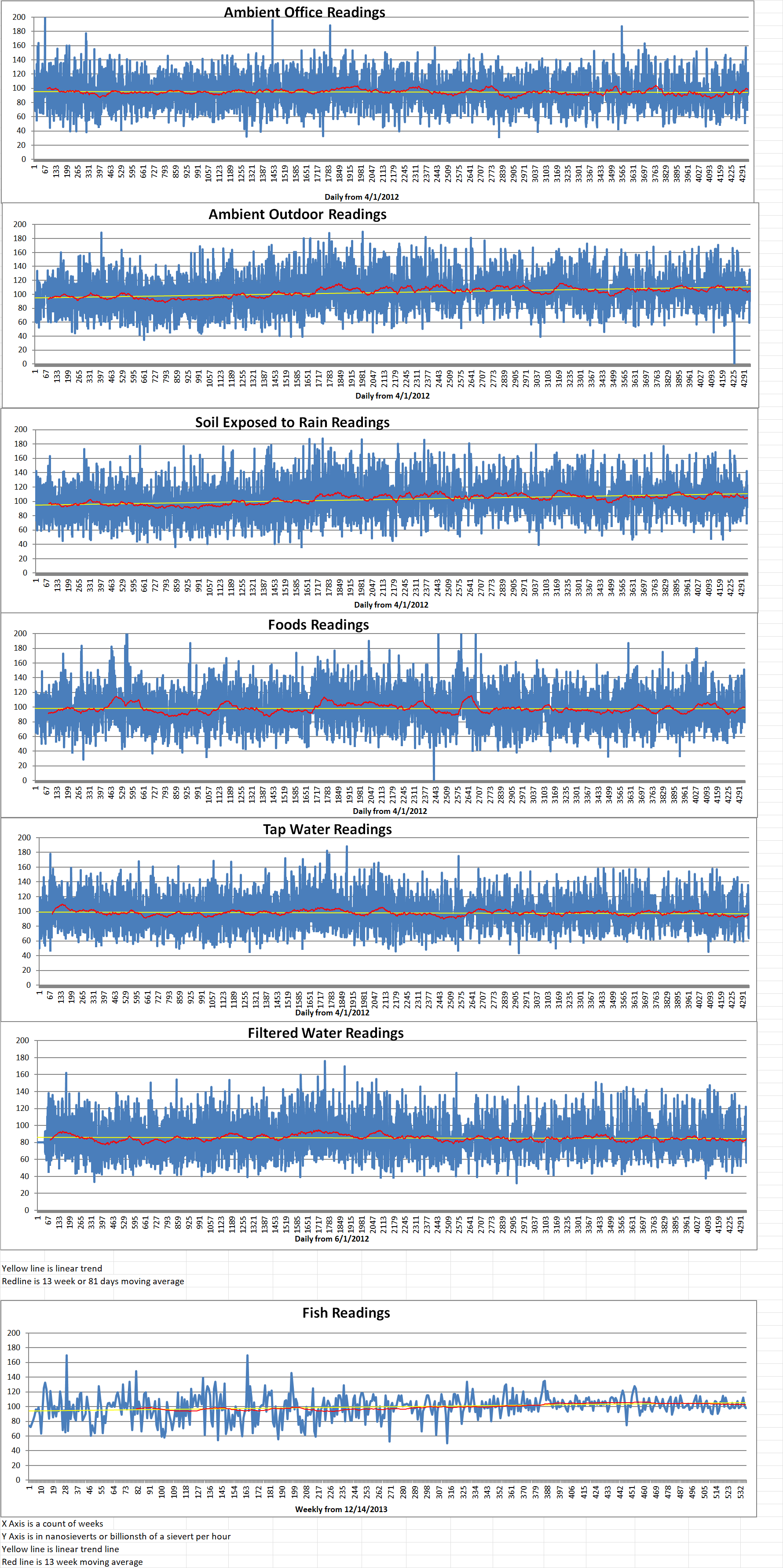
Geiger Readings for Oct 07, 2024
Ambient office = 105 nanosieverts per hour
Ambient outside = 89 nanosieverts per hour
Soil exposed to rain water = 91 nanosieverts per hour
Beefsteak tomato from Central Market = 100 nanosieverts per hour
Tap water = 100 nanosieverts per hour
Filter water = 87 nanosieverts per hour
-
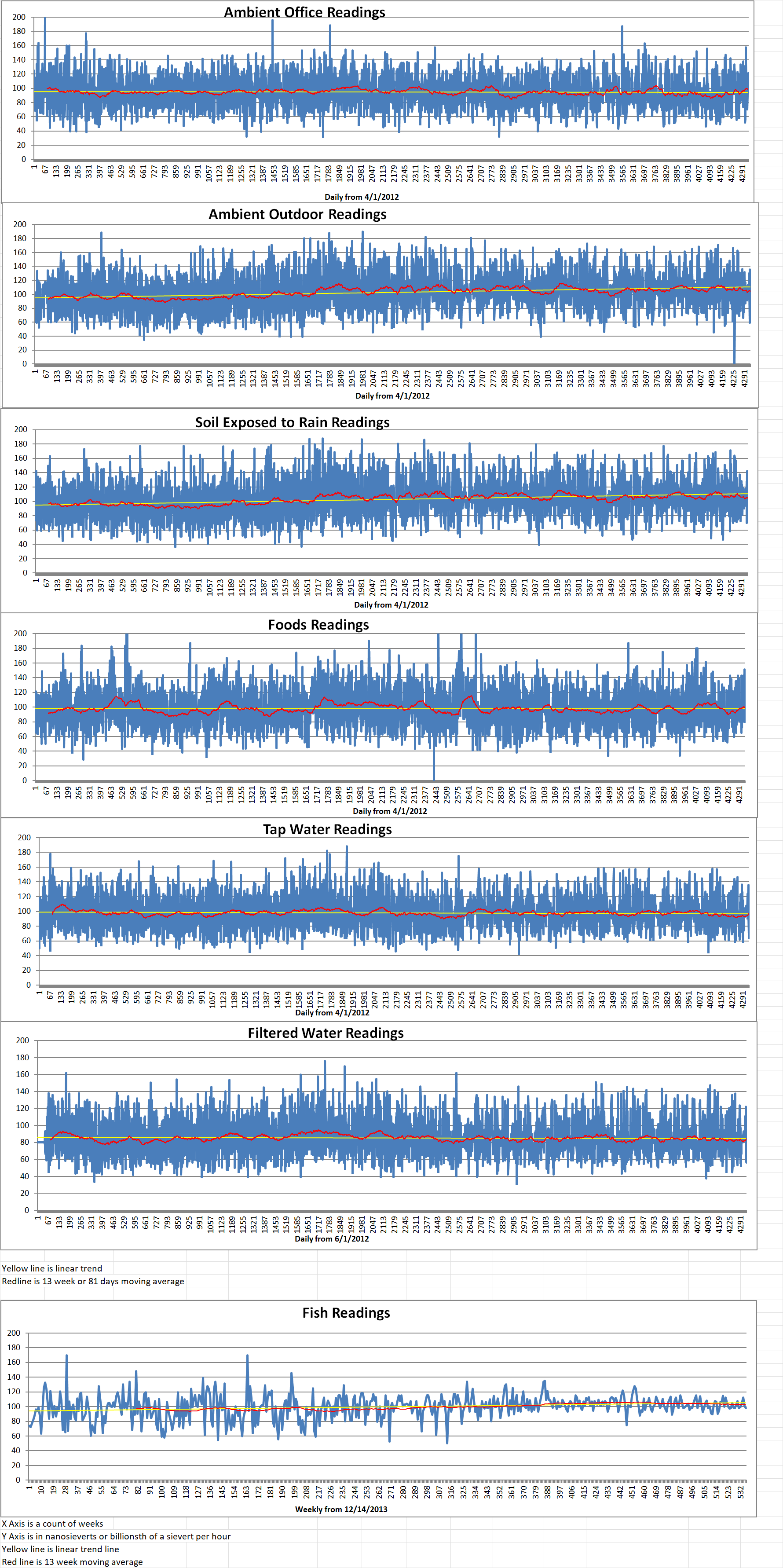
Geiger Readings for Oct 06, 2024
Ambient office = 119 nanosieverts per hour
Ambient outside = 93 nanosieverts per hour
Soil exposed to rain water = 96 nanosieverts per hour
Avocado from Central Market = 73 nanosieverts per hour
Tap water = 102 nanosieverts per hour
Filter water = 89 nanosieverts per hour
-
Nuclear News Roundup Oct 06, 2024
British nuclear transport ship fitted with innovative sail world-nuclear-news.org
Britain’s heading for a nuclear power crunch. Politico.eu
Russia calls US statements on readiness for nuclear talks ‘deception’ google.com
Serbia continues discussions on future nuclear projects world-nuclear-news.org
-
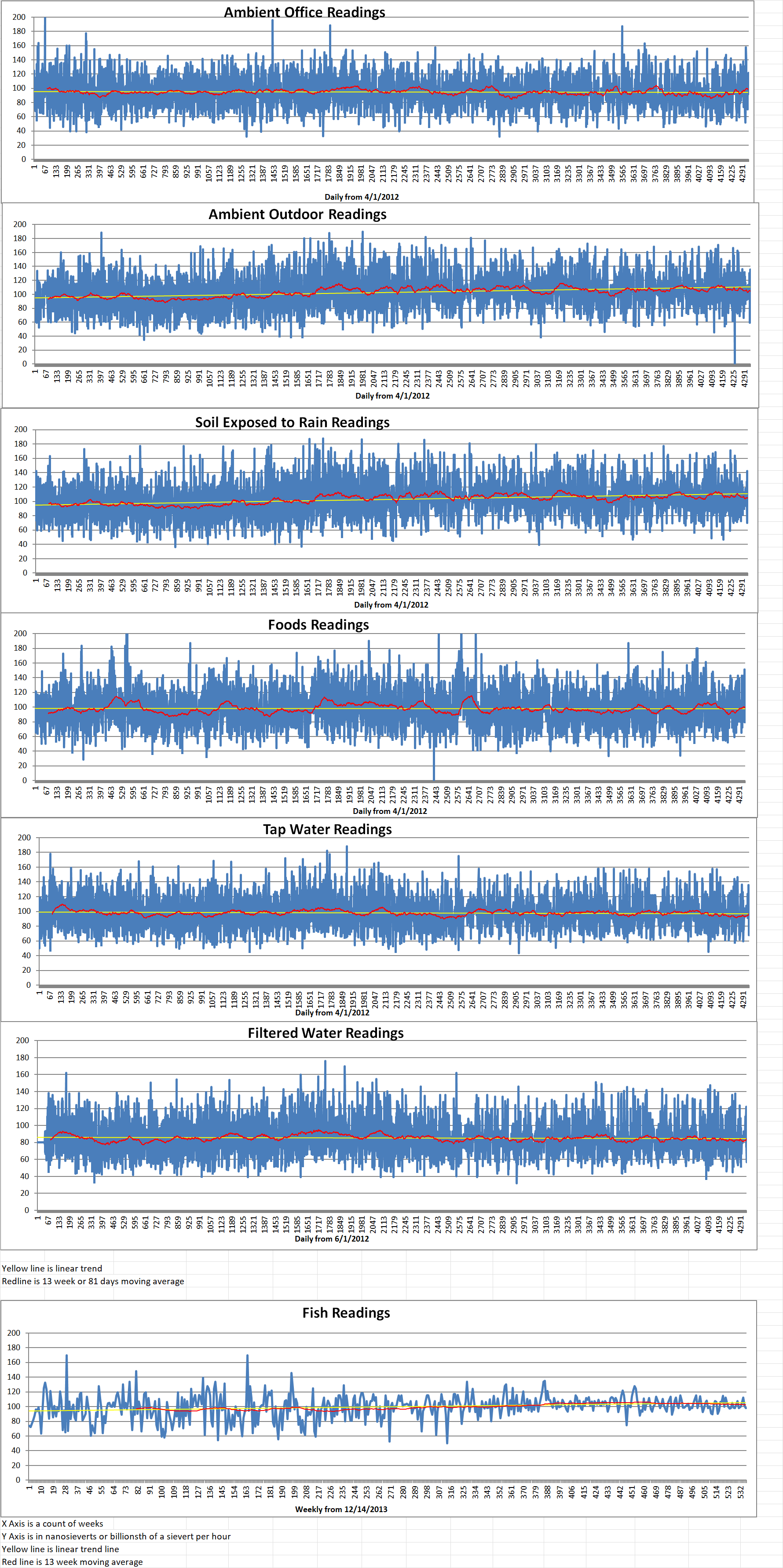
Geiger Readings for Oct 05, 2024
Ambient office = 100 nanosieverts per hour
Ambient outside = 98 nanosieverts per hour
Soil exposed to rain water = 99 nanosieverts per hour
Asparagus from Central Market = 66 nanosieverts per hour
Tap water = 102 nanosieverts per hour
Filter water = 89 nanosieverts per hour
Dover Sole from Central = 98 nanosieverts per hour
-
Nuclear News Roundup Oct 05, 2024
World’s Largest Nuclear Power Plant Could Reopen With New Safety Measures msn.com
Slovenia’s JEK2 unit would cost EUR9.5-EUR15.4 billion, review says world-nuclear-news.org
Iran may reassess nuclear policies if sites are attacked, source says tehrantimes.com
Iran complains to UN watchdog, alleging Israeli threats to hit its nuclear sites timesofisrael.com
